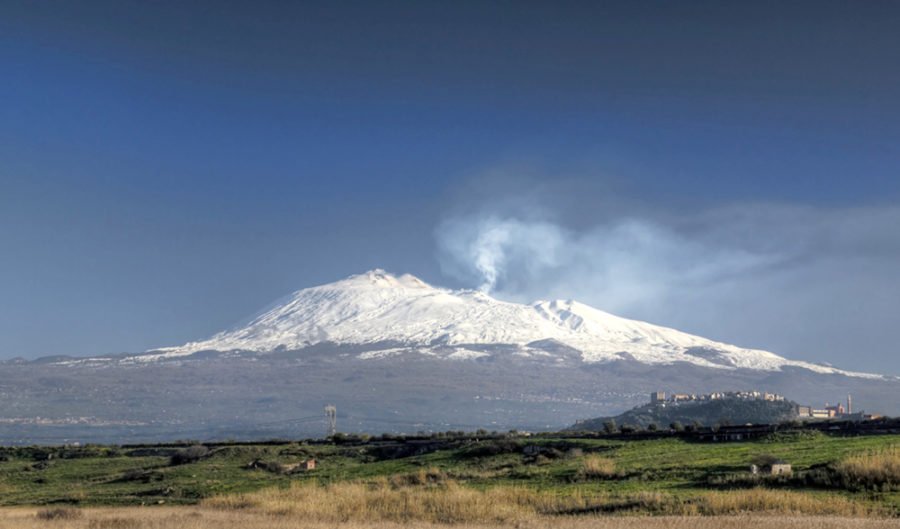Volcanoes protected species through ice ages

VOLCANOES ARE MORE often associated destruction, but new evidence shows they might be the reason some animals and plants survived past ice ages.
Steam and heat from volcanoes and hot rocks appear to keep species at a more comfortable temperature under the ice, allowing them to outlive those far away from such heat sources.
“Volcanic steam can melt large ice caves under the glaciers, and it can be tens of degrees warmer in there than outside,” Dr Ceridwen Fraser from the Australian National University said in a statement.
“Caves and warm steam fields would have been great places for species to hang out during ice ages.”
Antarctic vocanoes protected species under the ice
Antarctica has at least 16 volcanoes which have been active since the last ice age 20,000 years ago.
The findings go a long way to explain how some species survived and continue to evolve even when the planet was covered in glaciers, says the international team of researchers, led by Dr Fraser and the Australian Antarctic Division’s Dr Aleks Terauds.
The team studied tens of thousands of records of common Antarctic species of mosses, lichens and bugs, collected over decades by hundreds of researchers.
About 60 per cent of Antarctic invertebrate species are found nowhere else in the world and must have been there for millions of years, says Professor Peter Convey from the British Antarctic Survey.
“How they survived past ice ages … has long puzzled scientists,” Professor Convey said.
The findings will help scientists understand how species respond to climate change and will certainly aid with conservation efforts in Antarctica, Professor Steven Chown from Monash University said.
“Knowing where the hotspots of diversity are will help us to protect them as human-induced environmental changes continue to affect Antarctica,” he said.

